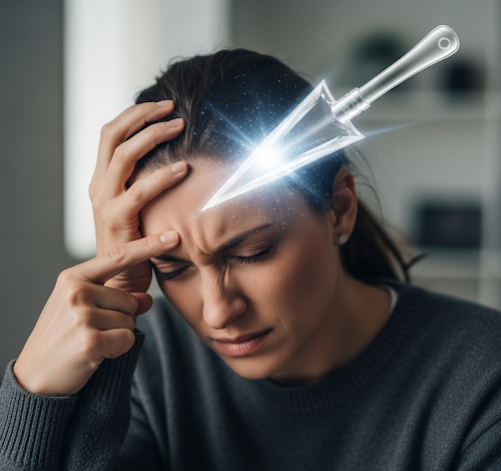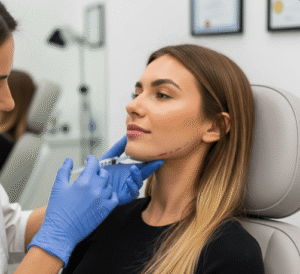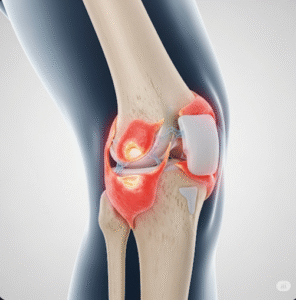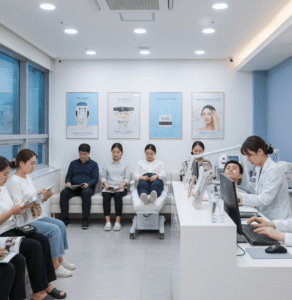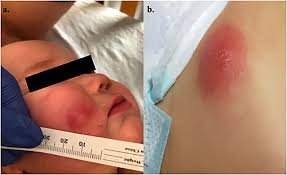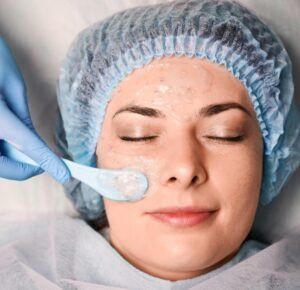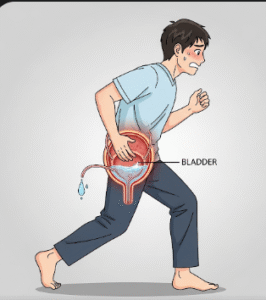Overview
Ice Pick Headache, also known as Primary Stabbing Headache, is a neurological condition characterized by sudden, brief, and intense stabbing pains in the head, often described as feeling like being pierced with an ice pick. These headaches usually last only a few seconds but can occur repeatedly throughout the day. In Korea, where advanced neurology and headache clinics are widely available, this condition is diagnosed through careful evaluation to rule out secondary causes and is treated using targeted medications and preventive measures.
What is Ice Pick Headache (Primary Stabbing Headache)?
Ice Pick Headache is classified as a primary headache disorder under the International Classification of Headache Disorders (ICHD). It is not caused by another underlying medical condition and typically affects the orbital, temporal, or parietal regions of the head. Although short in duration, the pain can be severe and disruptive to daily activities.
Symptoms
- Sudden, stabbing, or jabbing pain in the head
- Duration of pain lasting from 1 to 3 seconds
- Pain occurring sporadically or multiple times a day
- Typically unilateral (affecting one side of the head)
- May shift location between episodes
- No associated neurological deficits (in primary form)
Causes
The exact cause is unknown, but possible mechanisms include:
- Abnormal activation of the trigeminal nerve
- Sudden dysfunction in cranial nerve pathways
- Association with other primary headache disorders like migraines or cluster headaches
Risk Factors
- Female gender (slightly more common)
- History of migraine or cluster headaches
- Middle-aged adults
- High stress or irregular sleep patterns
Complications
- Significant anxiety due to sudden pain attacks
- Sleep disturbance if attacks occur at night
- Decreased productivity from frequent episodes
- Misdiagnosis leading to unnecessary tests
Prevention
- Maintaining regular sleep patterns
- Stress management techniques
- Avoidance of migraine triggers in susceptible individuals
- Early neurological evaluation to rule out secondary causes
Treatment Options in Korea
Diagnosis
- Detailed medical history and symptom evaluation
- Neurological examination
- MRI or CT scans to rule out structural brain abnormalities
- Blood tests if systemic illness is suspected
Medical Treatments
- Indomethacin – Considered the most effective medication for primary stabbing headache
- Other NSAIDs for pain relief (less effective for prevention)
- Migraine preventive medications in patients with both conditions
Surgical or Advanced Therapies
- Rarely needed unless secondary causes are identified
- Nerve blocks in refractory cases
Rehabilitation and Support
- Lifestyle modification to reduce headache frequency
- Stress reduction techniques (yoga, meditation)
- Regular follow-up at neurology clinics for monitoring
- Education about recognizing primary vs. secondary headache symptoms
Top Hospitals or Clinics in Korea
- Seoul National University Hospital – Neurology Department – Specialized in headache disorders and neurological diagnostics
- Samsung Medical Center – Headache Clinic – Offers advanced diagnostic imaging and personalized treatment
- Asan Medical Center – Neurology Division – Known for complex headache management
- Korea University Anam Hospital – Headache Research Center – Focused on research and clinical treatment for rare headache types

